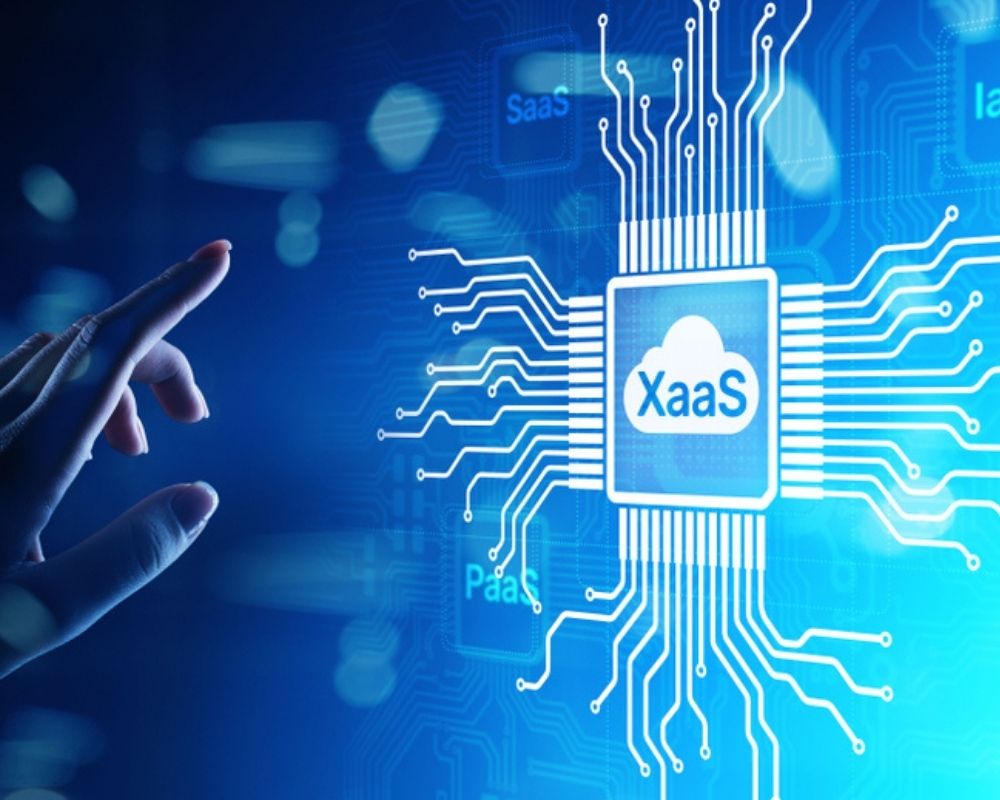- Who We Are
- What We Do
- Success Stories
- Careers
- News & Events
- Contact us

The digital marketplace is rapidly advancing, with innovations and new business models appearing constantly. Cloud computing has played a vital role in its development, providing an avenue for users to receive products and services over the internet without physically going to stores. This phenomenon has been revolutionary in eCommerce and now exists under a somewhat cryptic name: XaaS.
What is XaaS?
The X in “XaaS” stands for anything or everything. Anything-as-a-service refers to a broad range of digital applications, tools, games, eGovernment software solutions, and other things delivered directly to customers through the internet. Rather than paying for products and services upfront and receiving them physically, XaaS provides businesses and consumers with a flexible consumption model.
Customers adopt XaaS because of its convenience and cost-effectiveness. Many B2B and B2C brands utilise this model to provide users with ongoing benefits instead of relying on one-time purchases. They usually operate on a pay-per-use basis. If you need any IT or computer-based services, the odds are that you can obtain them through some form of XaaS.
What Are Some Examples of XaaS?
Anything-as-a-service encompasses a wide range of products and services. Some notable examples include:
● Software-as-a-Service (SaaS): Software-as-a-service refers to a XaaS model wherein users pay for software on a subscription basis. They’re also known as on-demand software or web-based software. In SaaS, a cloud provider hosts programs or applications that individuals or organisations can readily use.
● Infrastructure-as-a-Service (IaaS): This type of cloud service provides users with storage, computing, and networking resources on demand. The infrastructure provided is easily scalable and automated.
● Platform-as-a-Service (PaaS): In a PaaS model, providers deliver hardware and software tools, usually for application development. By using platform-as-a-service solutions, developers no longer have to place hardware in-house or manually install software physically.
● Desktop-as-a-Service (DaaS): Providers offer virtual desktops to consumers or businesses in this cloud service model. The providers typically handle security, applications, and other management services.
● Healthcare-as-a-Service (HaaS): The realm of healthcare remains innovative and uses XaaS solutions as well. Through HaaS, hospitals and clinics conduct consultations, recording, and other services online.
What Are the Benefits of XaaS?
Anything-as-a-service offers many advantages to businesses. These include:
● Promoting Easier Scalability: XaaS models provide a high degree of flexibility to businesses scaling up or down. They can pay for more or fewer products and services as needed.
● Saving up on Costs: By employing a subscription model, businesses only have to pay for the amount of software, storage, infrastructure, and other IT products and services they use. They also no longer have to pay for labour for installing hardware and software.
● Streamlining Services: XaaS streamlines many IT and administrative processes, allowing businesses to focus on innovation and improving their services.
Get e-Government Software Solutions Today
More and more businesses now benefit from selling and acquiring products and services through the cloud in a constantly evolving digital marketplace. The XaaS model now permeates the internet, ever transforming the realm of IT and eCommerce. Operating on a subscription basis, XaaS allows for more efficient and cost-effective software solutions for every organisation.
If you’re looking for e-government software solutions, Informatics has you covered. We offer custom software development and infrastructure services your business needs. Learn how we can help, and contact us today!
Written by Daniele Paoletti
